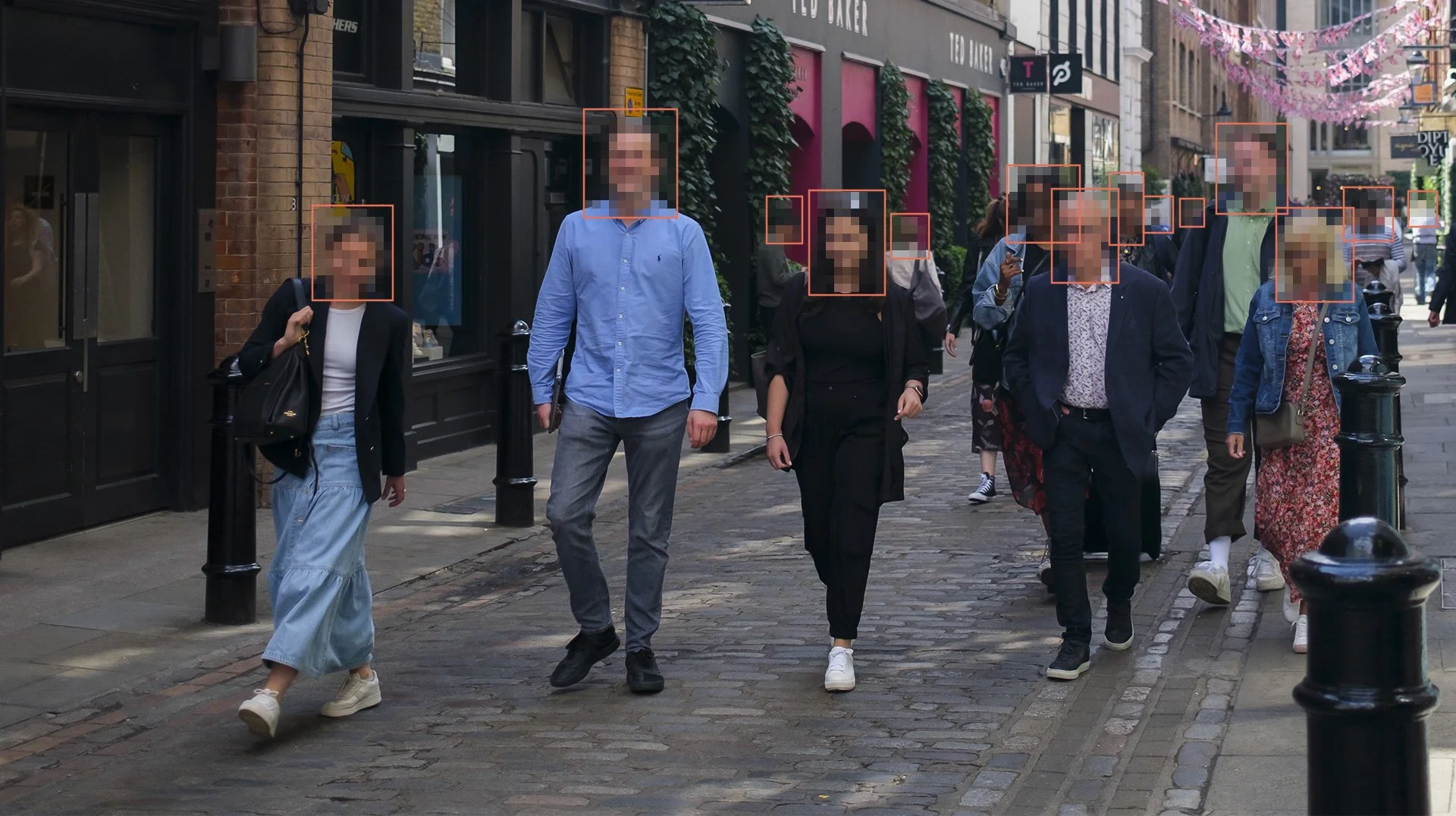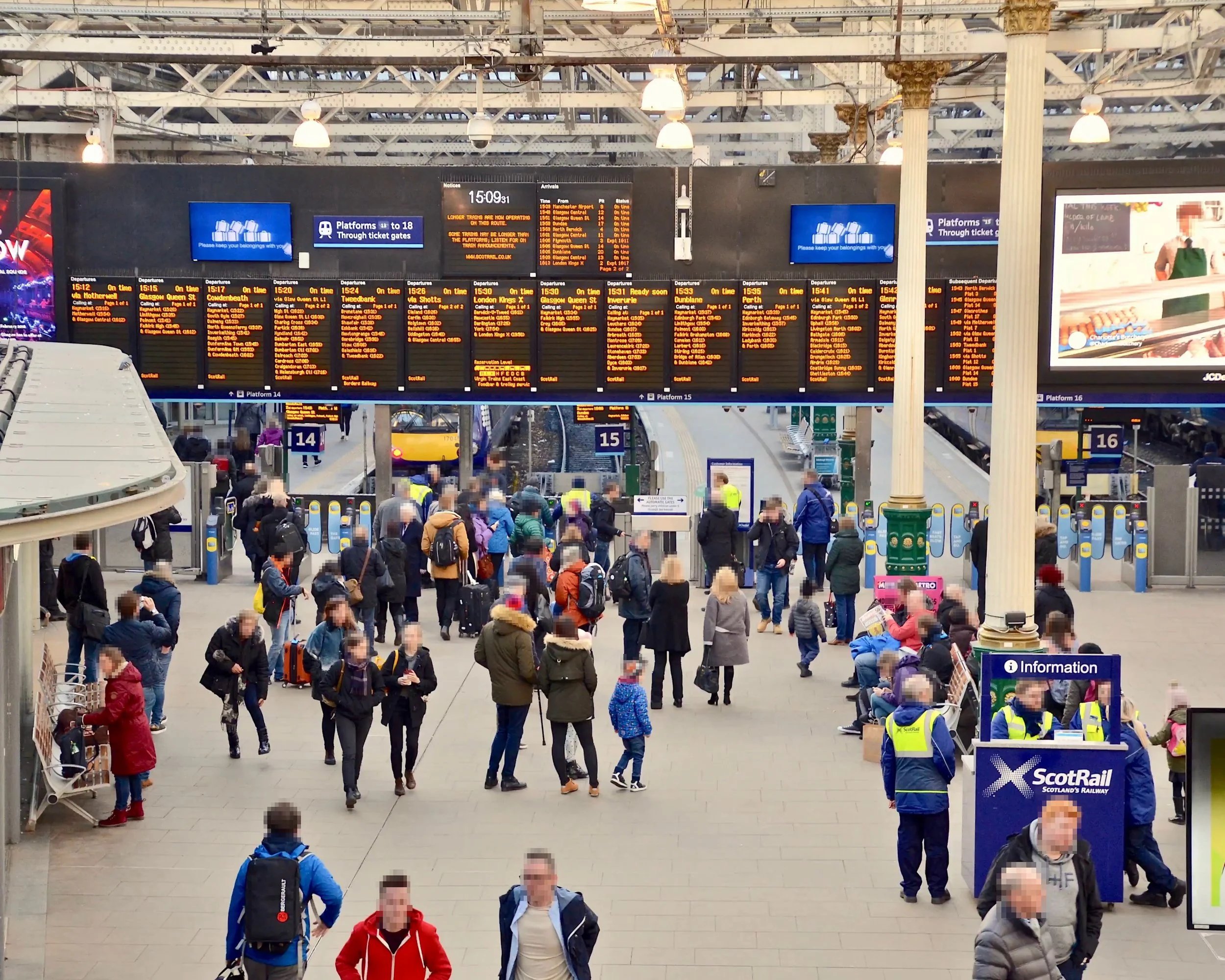What is a passable level of video redaction?
Data subject access requests (DSARs) are when individuals can request access to any and all personal information held on them.
But when it comes to video, complete transparency is usually not possible because the privacy rights of others could be at stake.
The data subject is often not the only person in the video.
The Information Commissioner’s Office (ICO) says to gain consent from any other individuals involved before releasing the information.
Is it reasonable to release the video without this consent?
Well, for one, it can be a time-consuming task to try and get consent from third parties, especially if there are many in the video. Also, determining whether it is reasonable to release the information can be a bit of a grey area - you don’t want to accidentally breach someone’s data! It is generally better to be safe than sorry. Hence, when completing a DSAR, it is good practice to anonymise the personal data of third parties before releasing footage to the data subject.
What does the GDPR actually classify as “anonymised data”?
“information which does not relate to an identified or identifiable natural person or [to] personal data rendered anonymous in such a manner that the data subject is not or no longer identifiable.”
In other words, data cannot be linked back to an individual in any way.
When it comes to video, this could be faces, license plates, distinctive clothing, house numbers, phone screens, tattoos - even backs of heads. There should also not be a way for someone to easily reverse it and/or identify third parties.
In their guidance, the ICO advises that “when disclosing surveillance images of individuals, particularly when responding to subject access requests, you need to consider whether the identifying features of any of the other individuals in the image need to be obscured…consideration should be given to the nature and context of the footage.”
How do you achieve this with video? Redaction.
Redaction is an easy way to anonymise third parties and still be transparent with the data subject.
There are different approaches to redaction. Some choose to block out the entirety of the frame except the areas which do not need to be private. But the most efficient way is to blur out the personal information directly so that the context of the video is kept. Privacy is prioritised and the video is still useful.
What are some of the challenges with video redaction?
The key issue with video redaction is that it is extremely time-consuming.
1 CCTV camera can capture 70k individual frames per hour, equating to 2 million individual faces captured in a busy environment.
A small private venue may have 3 cameras in one location, capturing a specific individual for 3 hours. This would mean a total of 650k individual frames (roughly 20 million faces, 9GB data, 4.5hrs cloud upload) that would need to be redacted, reviewed, and supplied for a video DSAR video.
Even at this relatively small scale of requests (3hrs x 3 cameras), the redaction and review task is unmanageable without the right technical systems and tools.
The increase in body-worn and vehicle cameras comes with the added difficulty of a moving camera, varying ranges of noise, and blurring that comes with constantly changing scenes and viewpoints. Pair that with the fact that CCTV and BWC video data is often low quality and subjects are at varying angles and distances from the camera.
Busy video frames normally mean small faces (i.e. faces appear tiny in the background of a video). Even though they may be hard to identify, you still have to redact them.
Manually adding boxes for each face in each frame (ie. 20 million boxes) would take a lifetime - even with automated people tracking.
It can take up to 20x real-time to review and edit redactions using simple video editing tools - ie. a minimum of 180 hours to review/edit 9 hours of footage for one pass of the video.
This is exacerbated by the fact that human error rates for these tasks are extremely high, and need multiple people to review the same footage to reach the desired quality of results.
So redaction is even more complicated. You could probably miss a third-party face that appears in CCTV footage. But how much do you actually need to redact?
Where is the line for “identifiable personal data”?
Defining what is identifiable personal data in the video is confusing - the GDPR nor another data protection law doesn’t explain it explicitly.
Redaction nor video is never a one size fits all approach - and we recommend following the ICO’s guidance on this.
Sometimes it can be hard to determine what should or should not be redacted but generally, it’s always better to be safe than sorry - i.e. redact more personal data than less.
This is because there are times when determining the level of redaction needed will be on a case-by-case basis, depending on context. The ICO says this context is critical: “it is also worth considering whether information that you have not redacted may still result in someone being identified, clothing, skin or hair colour for example.”
Let’s say someone is requesting access to a video from a bar regarding an incident they were involved in. As well as redacting the faces of other people in the video footage, you may also need to redact noticeable scars/tattoos, or other identifying features.
When it comes to police captured video, they may want to share it with the public to ask for help and support. Redaction is particularly important so that criminal investigations aren’t potentially jeopardised. You may find that you need to redact any identification numbers, the faces of officers, any emergency personnel, and/or parts of the timeline.
With this in mind, you could consider:
Third-party faces
Identifiable tattoos, scars, etc.
Identifying clothes - whilst not technically personal data, depending on the context of the video footage, it can identify individuals e.g. in a school context, a PE teacher’s uniform
When it comes to video redaction, how do I crunch time, crunch money and still protect people's privacy?
Most of the time, a manual review step cannot be avoided but it can be greatly sped up (>15x increase in review/edit speed) through a mix of specialist machine learning and computer vision-driven application features.
Secure Redact is 200x faster than manual editing. This means that a 5-minute video from a supermarket body-cam would usually take 1 - 2 days to redact with video editing software. With Secure Redact, it takes just 8 minutes.
This is due to our machine learning capabilities, which mean that it can automatically detect personal data for redaction with unbeatable accuracy.
We also have a user-friendly interface for all types of users (technical or non-technical).
Find out more with our step-by-step guide on how to tackle DSARs.




